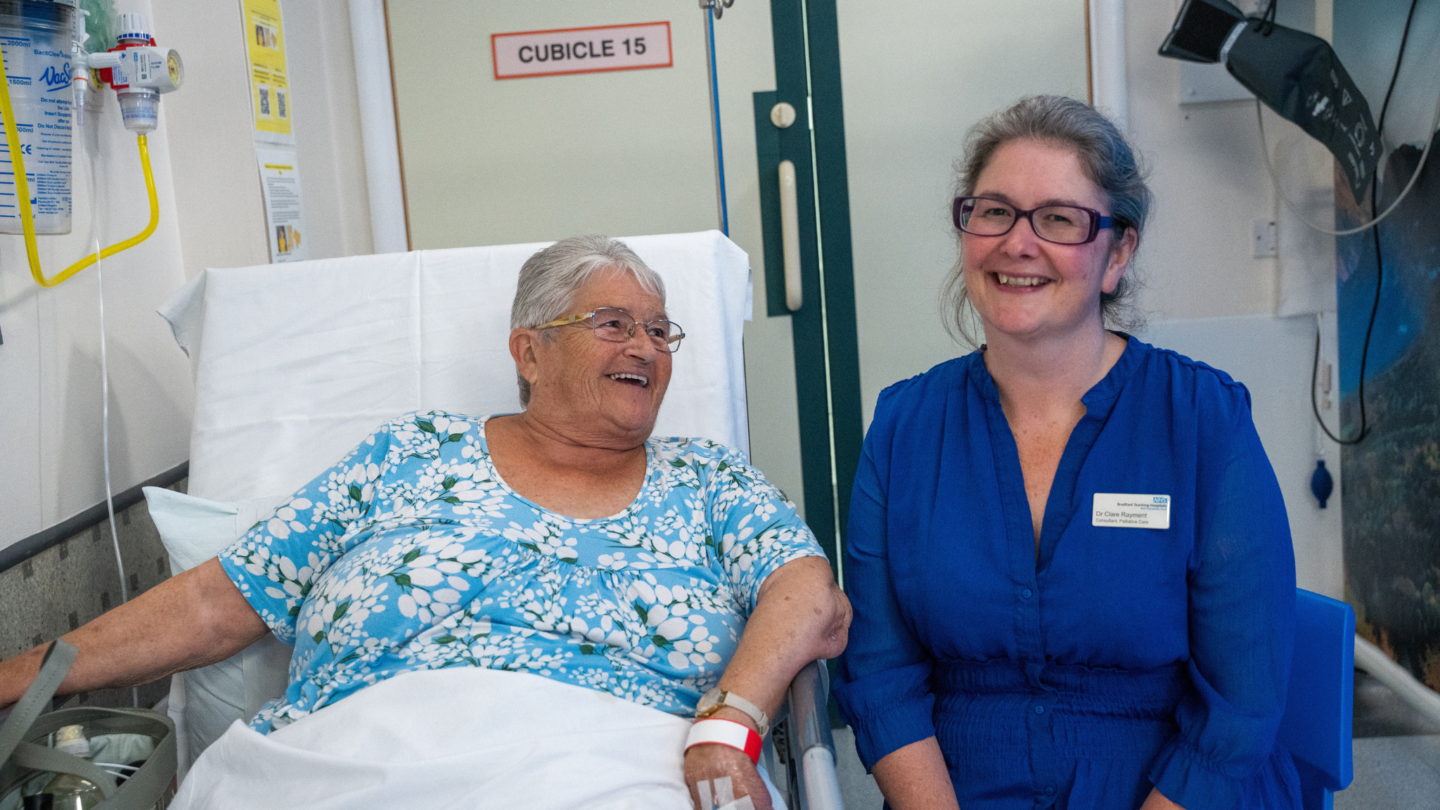
The Macmillan End-of-Life Care Fund: Ensuring quality outcomes through social investment

Two years ago I started working with Social Finance, providing independent clinical advice for the end of life care (EOLC) social investment projects in their development pipeline. I was struck by the team’s passion to help plan and deliver good services but felt the focus was on benefits for health care systems and services, rather than benefits for individual patients. To help shift the focus back to the impact for people at end of life, I was charged with finding a way of building individual patient-centred outcome measures into new Social Finance projects.
Outcomes are at the heart of social investment. There is a need to know that the investment is spent wisely, for both the people and systems impacted by it, and for the investors. However, whilst it is easy to measure activity, and possible to measure financial return, it is much more challenging to measure outcomes and ensure good quality care to deliver the best outcomes. How to demonstrate a ‘good’ service as opposed to a ‘busy’ service? This challenge is compounded in the complex world of end of life care.
What did we want to do?
I was keen that the words ‘quality’ and ‘individual’ would have increased prominence in Social Finance internal discussions, and also with partner health and social care organisations – to really demonstrate their values and help build them into the services in which they invest. I did not want to be prescriptive about what and how this was to be done, or to imply that one thing fits all services. I was also mindful that Social Finance partners had expertise in this area, used a range of existing measures (or none) and IT systems, and had access to differing audit, research, and admin support.
It therefore seemed sensible to use existing resources and encourage them to be used in a way that acknowledged existing local practice and interests.
Outcome Assessment and Complexity Collaborative (OACC)
Readers working in EOLC are likely to be aware of the above project which developed a suite of individual patient-centred outcome measures recently. The RESOLVE platform, hosted by Hull York Medical School, takes forward this work, and is a recommended source of information and training.
The most widely used measures are: IPOS (the Integrated Palliative care Outcome Scale), the palliative Phase of Illness, and the Australian Karnofsky Performance Scale, although there are others, some more targeted to specific cohorts or settings (such as the modified Barthel score). They are validated for use in EOLC and becoming increasingly well known and used in clinical practice, so it seemed sensible to align the Social Finance work with this, rather than reinvent any wheels.
So what did we actually do?
Agreed that all Social Finance EOLC projects must include at least one individual patient-centred outcome measure, with the topic and measure to be chosen by the local clinical team. To support this:
- An outcome-related metric would be included in the key performance indicators (KPIs) of the project, alongside the more familiar metrics around activity and repayment.
- The local clinical team would document a process around this – to include engaging all team members, selecting measures and topics, relevant training, collecting and documenting data, and reviewing / feeding back the findings.
- The clinical advisors working with the Social Finance EOLC team would be available to support the local clinical teams in this process – if and as needed.
- Professor Fliss Murtagh, a senior palliative care clinician and researcher from Hull York Medical School, agreed to provide further support and challenge around ‘knotty problems’ that arose (I am hugely grateful for her support in this work).
- The Social Finance EOLC team started a piece of work with their digital team thinking about how individual patient-centred outcome measures could be presented in a digital dashboard format, that would be meaningful and engaging to clinicians and those who commission or invest in services.
Where are we now?
At the time of writing one new Social Finance EOLC project (in Oxford) has just gone live and another (in Bradford) is about to do so. They both have individual patient-centred outcome measures built into their funding agreements and therefore into their KPIs. They have both chosen ‘palliative Phase of Illness’ as an outcome measure, perhaps because they are developing services aiming to reach the most unstable cohort of EOLC patients.
Six more projects are in the pipeline and will hopefully develop into services this year.
Work on the digital dashboards is in progress, with a small working group of clinical, digital and data experts. Tools to demonstrate impact on palliative Phase of Illness have just developed with dummy data, and are about to be tested, and the next outcome measure to be considered will be the Australia-modified Karnofsky Performance Scale.
Personal reflections
This approach introduced new terminology and new ideas to the Social Finance team, and several internal discussions were needed to share the vision. Things became much easier once this had been sorted, and it was possible to engage partner organisations from new or potential projects. They were very ready and welcoming, of such conversations, and came prepared with ideas over and above the ask of them. The value that clinician-clinician engagement, support, and challenge between Social Finance and partner organisations brings needs to be celebrated.
The work in progress around presenting individual patient-centred outcomes in a digital dashboard is ambitious but seems to be going well. We intend to share this across the EOLC community (not just Social Finance projects) as an exemplar of the wider value and impact of social investment when faced with challenges that individual organisations might find it hard to crack. Watch this space!

